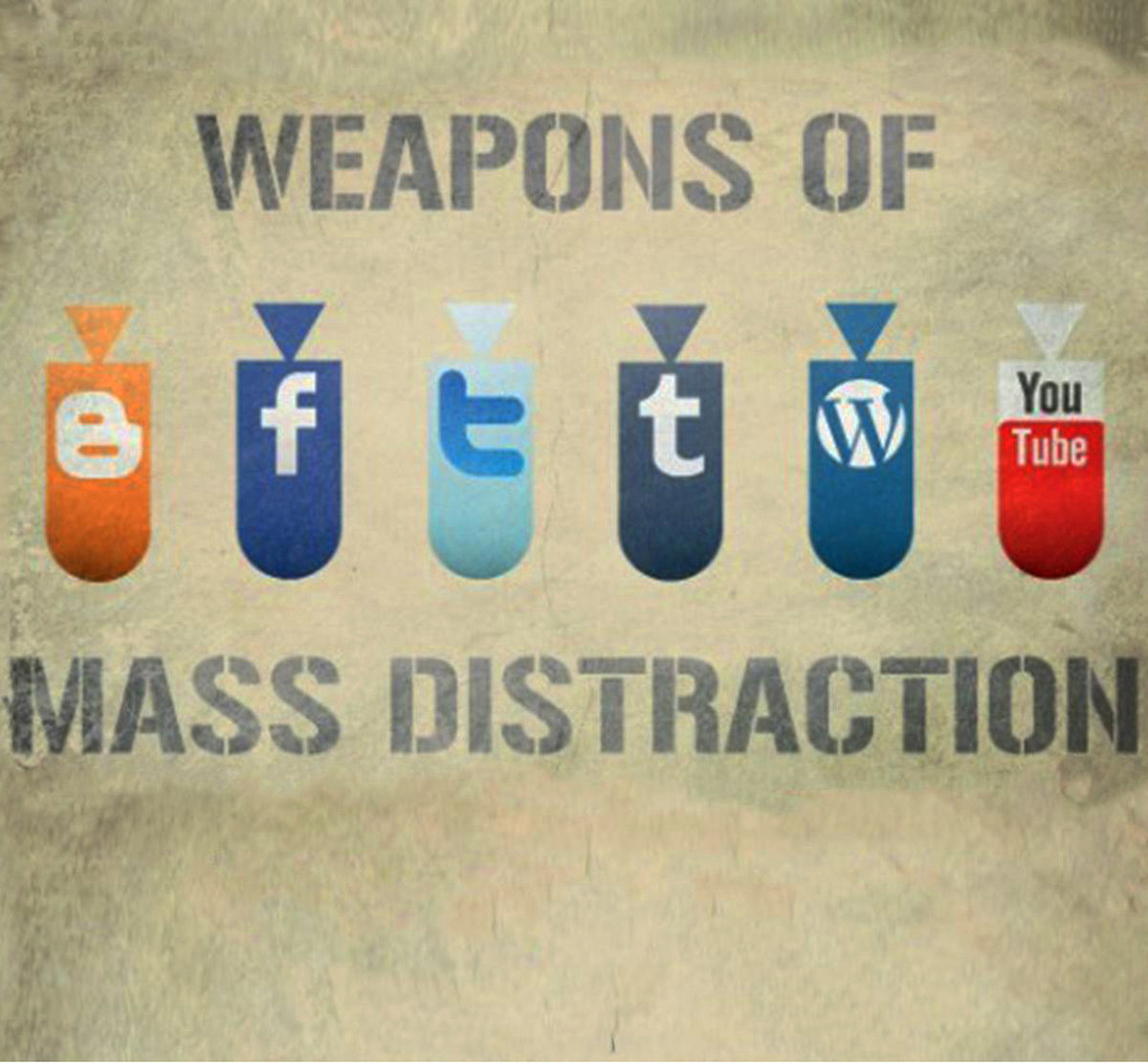|
|
|
Monday, October 28th, 2019

Poking through 13+ years of posts I find information that’s as useful now as when it was written.
Golden Oldies is a collection of the most relevant and timeless posts during that time.
Since this was written in 2012 things have gotten much worse, with deep fakes, audio and video, fake news and misinformation in general added to everything described in the post. Caveat emptor (let the buyer beware) is more true now and more important than ever before.
Read other Golden Oldies here.
Do you look for peer reviews, such as those on Yelp, Amazon and most consumer sites, before buying the product, visiting the restaurant or booking the hotel?
Before the Internet we asked our friends and checked critics’ comments in newspapers and magazines, in order to increase the odds for a favorable experience.
These days we check the Internet.
“The wheels of online commerce run on positive reviews,” said Bing Liu, a data-mining expert at the University of Illinois, Chicago (…) Mr. Liu estimates that about one-third of all consumer reviews on the Internet are fake.
Consumer reviews are powerful because, unlike old-style advertising and marketing, they offer the illusion of truth. They purport to be testimonials of real people, even though some are bought and sold just like everything else on the commercial Internet.
Do rankings based on the number of followers people have influence your trust level or opinion of them? But how do you know they are real?
And it’s not just ego-driven blogger types. Celebrities, politicians, start-ups, aspiring rock stars, reality show hopefuls — anyone who might benefit from having a larger social media footprint — are known to have bought large blocks of Twitter followers.
Are you impressed when someone’s Facebook wall is filled with beautiful people?
They are for sale, too.
His idea, he said, was “to turn cyberlosers into social-networking magnets” by providing fictitious postings from attractive people. The postings are written by the client or by Mr. Walker and his employees, who base the messages on the client’s requests.
If having to choose between being a chump and a cynic isn’t up your alley, perhaps the best advice when it comes to reviews, followers and friends is ‘buyer beware’ and ‘if it seems to good to be true it probably is’.
Flickr image credit: Psychology Today
Posted in Communication, Golden Oldies, Personal Growth | No Comments »
Tuesday, July 2nd, 2019

Sounds like an oxymoron.
The world knows about tech’s love affair with, and misuse of, personal data. The continual ignoring, minimizing and excusing of hate speech, revenge porn, fake news, bullying, etc.
Then there is its totally irrational attitude/belief that people will be kind and good to each other online no matter what they are like in the real world.
Given the prevailing attitude, would a hot tech startup have a conscience?
So would a founder, a self-described “technology enthusiast,” create an AI app that went viral and then shut it down because of the way it was being used?
DeepNude was built on Pix2Pix, an open-source algorithm used for “image-to-image translation.” the app can create a naked image from any picture of a woman with just a couple of clicks. Revenge porn activists said the app was “absolutely terrifying.”
As to the above question, the answer is “yes.”
The DeepNude team was horrified, believing “the probability that people will misuse it is too high.”
“We don’t want to make money this way. Surely some copies of DeepNude will be shared on the web, but we don’t want to be the ones who sell it,” DeepNude wrote in a tweet. “The world is not yet ready for DeepNude.”
—deepnudeapp (@deepnudeapp) June 27, 2019
Pix2Pix was developed by a team of scientists, who now believe the industry needs to do better and not just release their work to the world at large.
“We have seen some wonderful uses of our work, by doctors, artists, cartographers, musicians, and more,” the MIT professor Phillip Isola, who helped create Pix2Pix, told Business Insider in an email. “We as a scientific community should engage in serious discussion on how best to move our field forward while putting reasonable safeguards in place to better ensure that we can benefit from the positive use-cases while mitigating abuse.”
One can only hope that the scientific community does, indeed, find a way to do good while avoiding the worst of the negative fallout from discoveries.
And hats off to the DeepNude team.
It’s really inspiring to see such a concrete example of doing the right thing, with no shilly-shallying or dancing around the decision.
But I do wonder what would have happened if either the developers or the scientists were beholden to investors.
Image credit: deepnudeapp via Twitter
Posted in Culture, Entrepreneurs, Ethics | No Comments »
Wednesday, June 26th, 2019

Every day seems to bring more bad news from the AI front.
Google gives away tools for DIY AI, with no consideration for who uses them or for what.
One result is the proliferation of deepfakes.
Now scientists from Stanford University, the Max Planck Institute for Informatics, Princeton University, and Adobe Research are making faking it even simpler.
In the latest example of deepfake technology, researchers have shown off new software that uses machine learning to let users edit the text transcript of a video to add, delete, or change the words coming right out of somebody’s mouth.
The result is that almost anyone can make anyone say anything.
Just type in the new script.
Adobe, of course, plans to consumerize the tech, with a focus on how to generate the best revenue stream from it.
It’s not their problem how it will be used or by whom.
Yet another genii out of the box and out of control.
You can’t believe what you read; you can’t believe what you read or hear; it’s been ages since you could believe pictures, and now you won’t be able to believe videos you see.
All thanks to totally amoral tech.
Werner Vogels, Amazon’s chief technology officer, spelled out tech’s attitude in no uncertain terms.
It’s in society’s direction to actually decide which technology is applicable under which conditions.
“It’s a societal discourse and decision – and policy-making – that needs to happen to decide where you can apply technologies.”
Decisions and policies that happen long after the tech is deployed — if at all.
Welcome to the future.
Image credit: Marion Paul Baylado
Posted in Culture, Ethics, Innovation | No Comments »
|
 Subscribe to
Subscribe to
MAPping Company Success
About Miki 
Clarify your exec summary, website, etc.
Have a quick question or just want to chat? Feel free to write or call me at 360.335.8054
The 12 Ingredients of a Fillable Req
CheatSheet for InterviewERS
CheatSheet for InterviewEEs™
Give your mind a rest. Here are 4 quick ways to get rid of kinks, break a logjam or juice your creativity!
Creative mousing
Bubblewrap!
Animal innovation
Brain teaser
The latest disaster is here at home; donate to the East Coast recovery efforts now!
Text REDCROSS to 90999 to make a $10 donation or call 00.733.2767. $10 really really does make a difference and you'll never miss it.
And always donate what you can whenever you can
The following accept cash and in-kind donations: Doctors Without Borders, UNICEF, Red Cross, World Food Program, Save the Children
*/
?>About Miki
About KG
Clarify your exec summary, website, marketing collateral, etc.
Have a question or just want to chat @ no cost? Feel free to write
Download useful assistance now.
Entrepreneurs face difficulties that are hard for most people to imagine, let alone understand. You can find anonymous help and connections that do understand at 7 cups of tea.
Crises never end.
$10 really does make a difference and you’ll never miss it,
while $10 a month has exponential power.
Always donate what you can whenever you can.
The following accept cash and in-kind donations:
|








